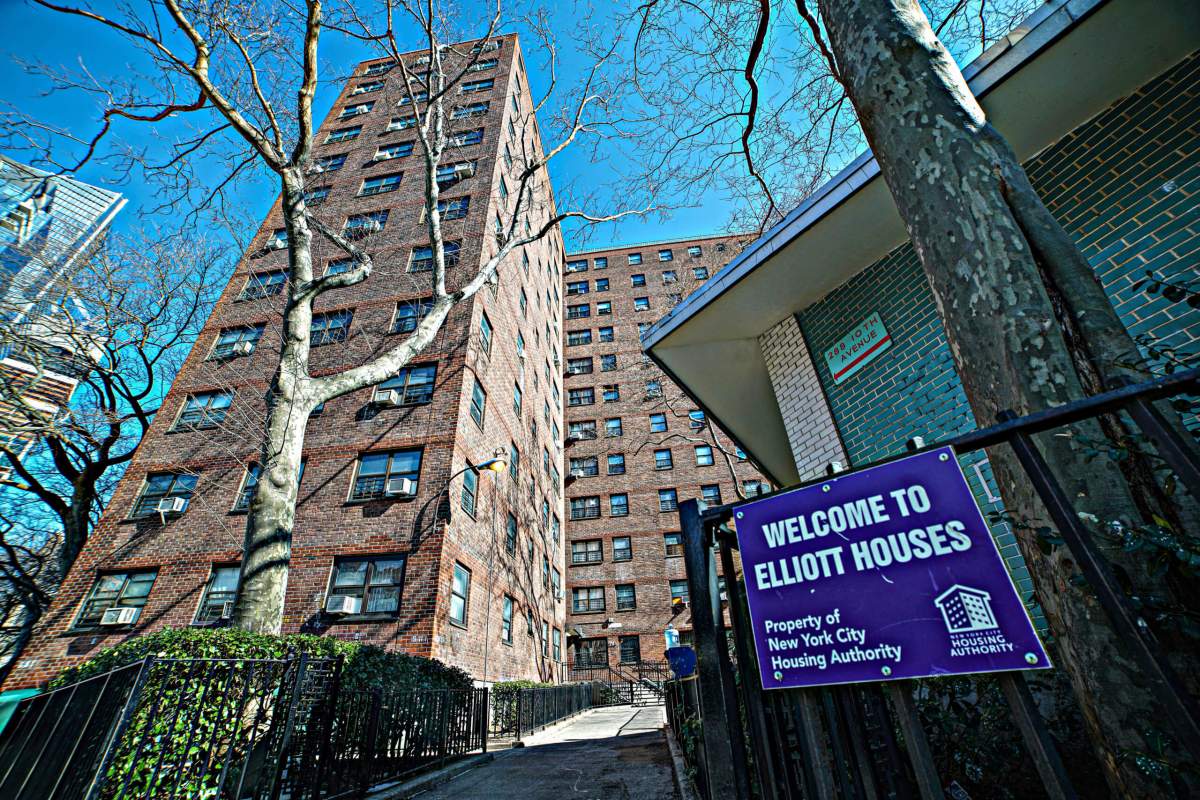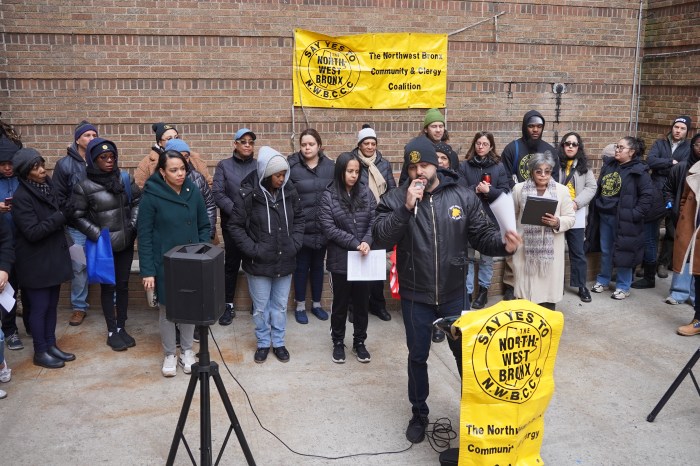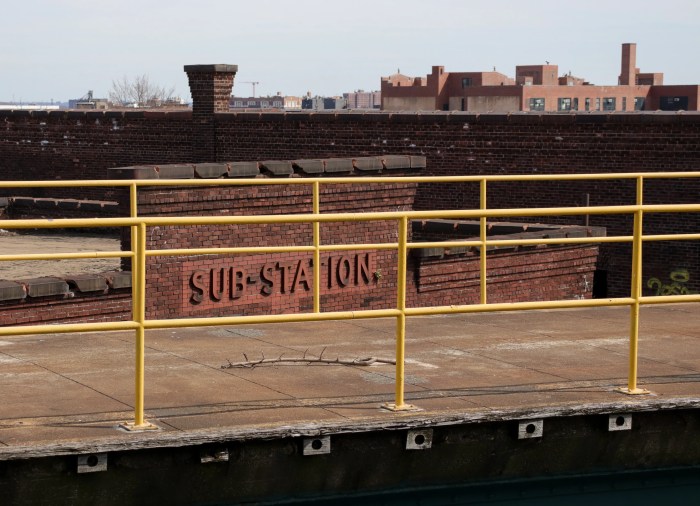The New York City Housing Authority announced an historic plan Wednesday to tear down and rebuild two Manhattan complexes, the Fulton and Elliott-Chelsea Houses, in a $1.5 billion plan to revamp the crumbling public housing stock.
The decrepit, decades-old buildings of the two NYCHA complexes, both in Chelsea and containing 2,055 public housing apartments with 4,500 residents, will be replaced with brand-new NYCHA buildings. A far cry from the sorry state of NYCHA’s current housing stock, the new apartments will all have dishwashers, laundry machines, and heating and cooling controlled by residents.
The plan will also see the construction of 3,500 new apartments, with 875 set aside as affordable and the rest rented at market rates, along with ground-floor retail, grocery stores, community centers, healthcare facilities, and public space.
NYCHA claims the whole project can be done within six years, with the project spearheaded by two developers — Essence Development and the Related Companies, which were chosen by a committee of tenant leaders as the “PACT Partners” at the complexes.
The decision to tear down and rebuild the complexes was made by a vote among the residents of the building, NYCHA says, as part of the complex’s conversion to Section 8 housing under the Permanent Affordability Commitment Together (PACT) program. NYCHA says more than half of respondents — any resident over 18 was eligible to vote — chose the option to tear down and rebuild over rehabilitating the existing buildings.
“Our administration has always put residents front and center in decision-making, and I am excited that the residents of Fulton and Elliott-Chelsea Houses have seized their opportunity to plan their own future,” Mayor Eric Adams said in a statement. “No one knows better than the residents what they and their neighbors need, and they were smart to recognize the potential benefits of completely rebuilding their campus.”
NYCHA says residents will remain in their homes during construction, and the existing buildings will be renovated in that time before they can move into the new buildings, at which point the old ones will be demolished. NYCHA did not respond to an inquiry for further details on that process.
The process got the seal of approval from the tenant association presidents at both complexes: Miguel Acevedo at Fulton Houses and Darlene Waters at Elliott-Chelsea Houses.
“We are grateful to the hundreds of Fulton and Elliott-Chelsea residents that participated in this first-of-its-kind selection process, helping to bring NYCHA and our city’s public housing to the next generation,” Acevedo and Waters said in a joint statement. “When residents lead and have a seat at the decision-making table, we can find solutions that prioritize our safety and better our surrounding neighborhoods.”
A previous proposal to tear down and rebuild the complexes was decried by residents and shot down when initially put forward in 2019. NYCHA spent the intervening four years in intensive community engagement with residents. Tenants ultimately got to choose the development partners and decide the destinies of the two complexes.
A 2021 repair plan approved by tenants pegged the cost of upgrades at $366 million, but NYCHA said on Wednesday that the “pre-design due diligence process” by the developers found “significant, previously unknown structural, systemic, and environmental issues” that tripled the project’s cost.
The project must still go through the city’s lengthy land use process.
The move is a considerable change of course for NYCHA, which has maintained the largest stock of public housing towers of any American city even as numerous other locales tore their towers down. Public housing has borne the brunt of decades of disinvestment leading it to generally fall into disrepair, and NYCHA estimates its total repair bill — replacing every boiler, repairing every elevator, and remediating all lead paint, among other things — at about $40 billion.
Mayoral administrations have considered all manner of ways to pump money into the housing authority, including private infill development on NYCHA campuses and a “preservation trust” passed last year, which enables the authority to transfer units into Section 8 and fund maintenance by issuing bonds. Thousands of apartments have been brought under private management through the PACT program, which converts funding for units to the Section 8 voucher program and brings an infusion of private capital for repair work.
Read more: East Village Homeless Encampment Sweep Causes Chaos





































